College faculty provide leadership in large-scale multidisciplinary research programs as well as pursue independent research investigations.
Nationally Funded Research Centers
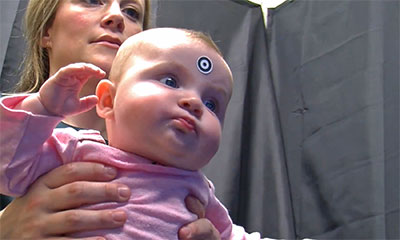
Researching the impact of bisphenol A (BPA), phthalates, and other endocrine disruptors on child development
- Directors: Susan Schantz and Jodi Flaws
- Funding: National Institutes of Health and Environmental Protection Agency
A Sampling of Research and Laboratory Websites
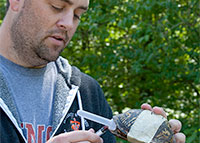
Matt Allender Wildlife Epidemiology Laboratory
A collaborative research, diagnostic, and training lab for new or ongoing studies in free-ranging and captive amphibians, reptiles, birds, and mammals.
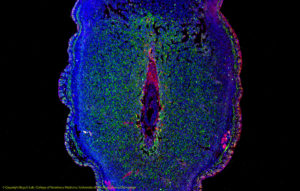
Indrani Bagchi Laboratory
Investigating hormonal mechanisms regulating uterine biology.
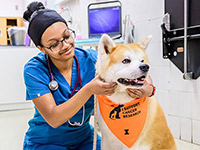
Berry Discovery Laboratory
Investigating novel cancer treatment strategies, with a special interest in immunotherapies, and studying companion animals with cancer as an informative model to expedite the clinical translation of scientific discoveries.
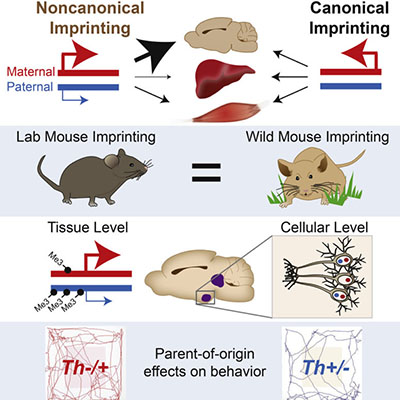
Paul Bonthius Laboratory
Seeking to understand how genes, epigenetic regulation of gene expression, and hormone signaling in the brain interact to regulate social behaviors.
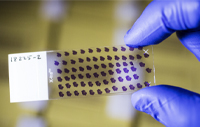
Jodi Flaws Laboratory
Working to determine the genetic and environmental factors that affect the female reproductive system.
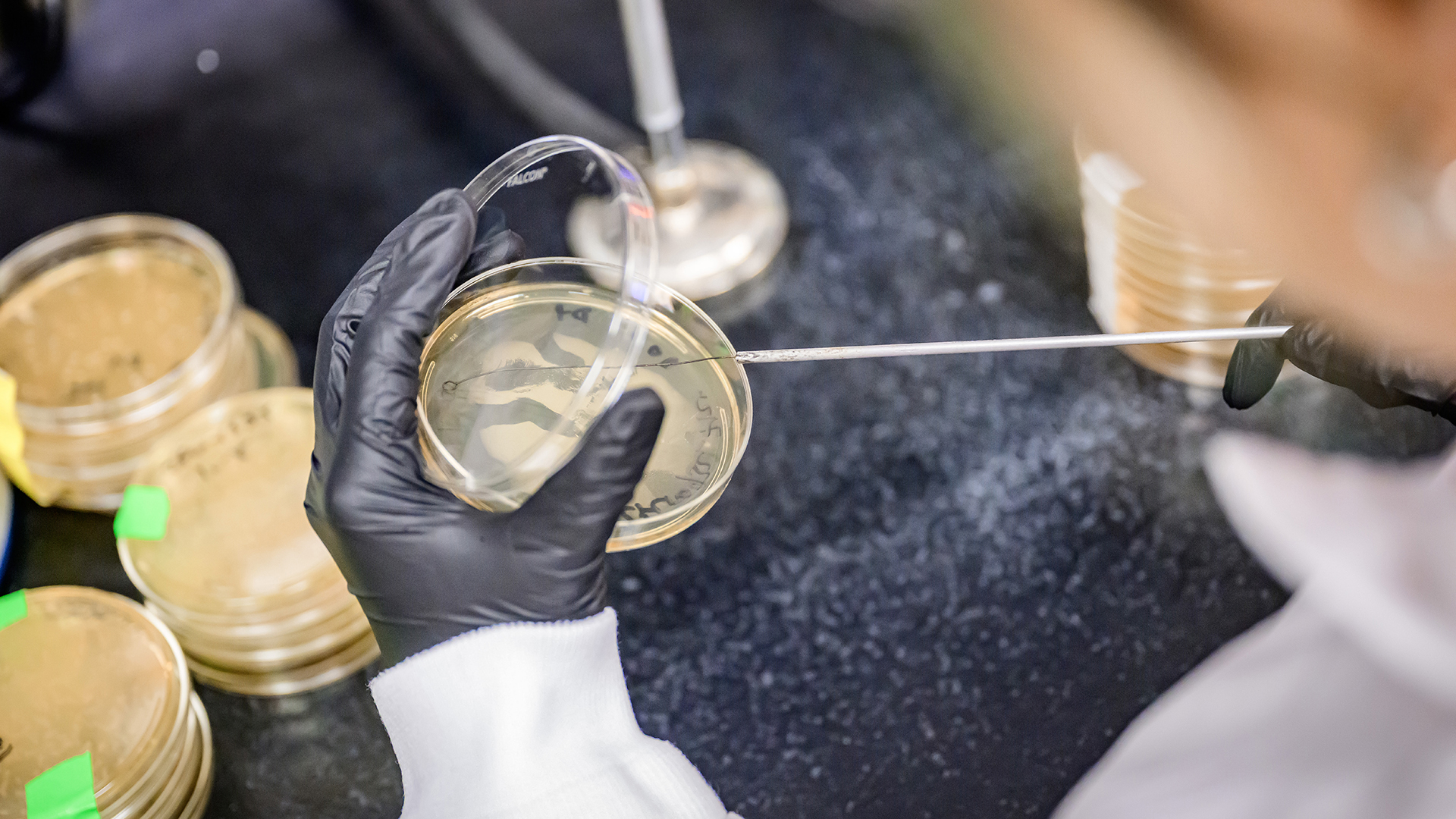
Christopher Gaulke Laboratory
Works to identify the microbes and biochemical pathways that influence how chemical, nutritional, and pathogenic exposures affect human health.
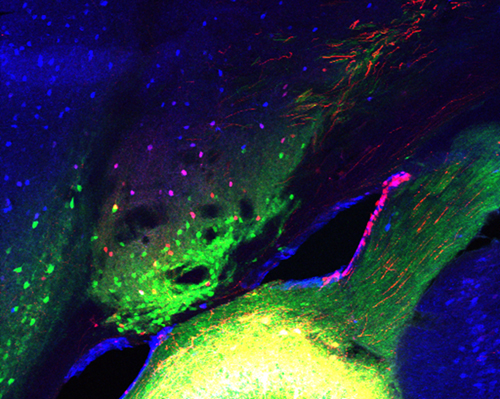
Howard Gritton Laboratory
Motivated to reveal the contributions of attention in sensory processing, learning and memory, and neuropsychiatric illness and disease.
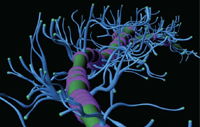
Makoto Inoue Laboratory
Studying the interaction between immune and nervous systems in autoimmune diseases, infectious diseases, and neurodegenerative diseases.
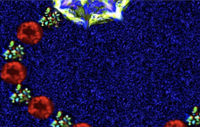
Keith Jarosinski Laboratory
Investigating the replication and pathogenesis of herpesviruses using the natural virus-host model of Marek’s disease virus in chickens.
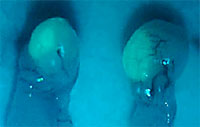
CheMyong Ko
Working to elucidate the molecular mechanism of ovulation, i.e., the process of egg release from the ovary, by focusing on endothelin system in ovulation and luteal function, steroids and prostaglandins in leukocyte trafficking, steroid receptors in PCOS pathogenesis and reproductive aging.
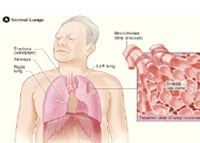
Gee Lau Laboratory
Studying lung-bacterial pathogen interactions, specifically the modulation of airway mucus hypersecretion in chronic lung diseases, alveolar epithelium during lung infection, and regulation of genetic transfer and virulence by Streptococcus pneumoniae.
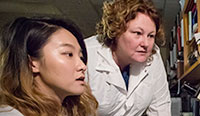
Megan Mahoney Laboratory
The research in our lab brings together two major fields of biology: reproductive endocrinology and chronobiology. These research aims are of broad significance as they investigate questions important for basic science as well as human health.
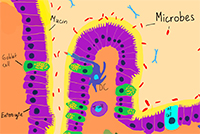
Weyan Mei Laboratory
Seeking to understand how reciprocal interactions between the host and gut microbiota impact host health.
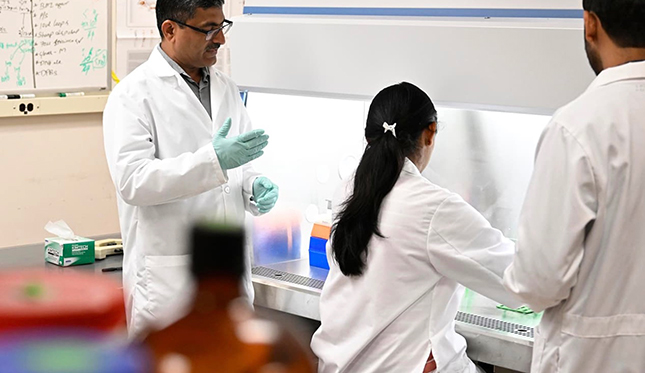
Som G. Nanjappa Laboratory
Exploring ways to improve immune function related to fungal, bacterial, and other infections of the lungs
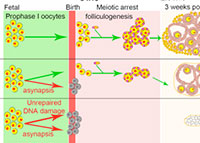
Joe (Huanyu) Qiao Laboratory
A group that seeks to understand how post-translational modifications, such as SUMOylation (Small Ubiquitin-like Modifier) and ubiquitination, regulate a range of checkpoint pathways in mammalian cells.
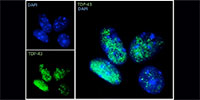
Prabhakara Reddi Laboratory
Seeking to understand the mechanisms regulating mammalian spermatogenesis at the molecular level, with the aim to development of novel therapies for the infertile male.
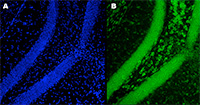
Uwe Rudolph Laboratory
Developing and studying genetic mouse models relevant for pathophysiology and treatment of psychiatric disorders using molecular biological, biochemical, morphological, optogenetic, chemogenetic and behavioral methods.
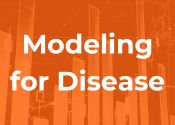
Rebecca Smith Modeling Disease Control for Improvement Laboratory
Focusing on improving health by finding better ways to intervene in disease processes, from tuberculosis in cattle to breast cancer in women.
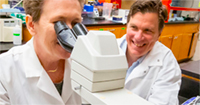
Spinella – Freemantel Laboratory
Investigating molecular mechanisms of cancer therapeutics and mechanism of chemoresistance.
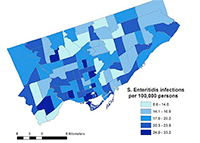
Csaba Varga Laboratory
Improving the health of people, animals, and the environment through scientific inquiry that identifies the causes of health disparities across time and locations.
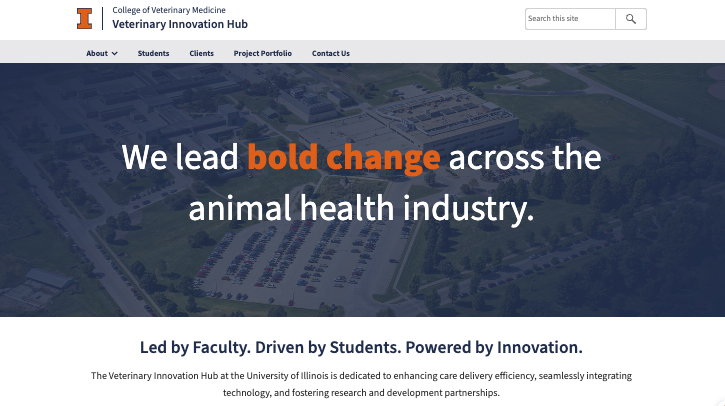
Veterinary Innovation Hub
The hub will both develop new ways to use technology in the delivery of veterinary care and veterinary education and at the same time build on the college’s world-class educational programs for veterinarians, allied industry, and animal owners.
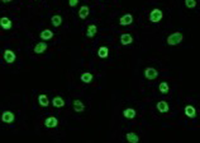
Sumiti Vinayak Laboratory
Using a combination of genetics, genomics and cell biology approaches to understand parasite biology and develop novel therapeutics for cryptosporidiosis.
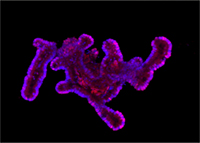
Bo Wang Laboratory
Studying the molecular mechanisms underlying lipid metabolism and human diseases, in particular the roles of membrane phospholipids and cholesterol in both normal physiology and disease states.
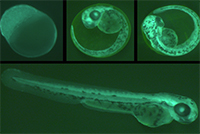
Jing Yang Laboratory
Studying the cellular and molecular mechanisms governing vertebrate early embryonic development.
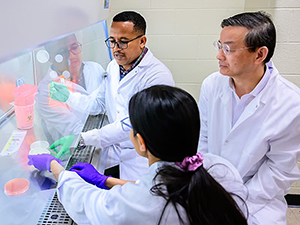
Zhang Laboratory
The Zhang laboratory promotes research and technologies that advance the development of effective vaccines against infectious diseases.
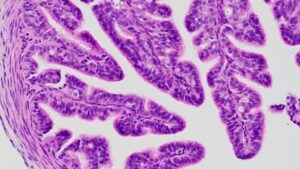
Ziv-Gal Laboratory
Our research goal is to better women’s reproductive health by determining the effects of endocrine disrupting chemicals found in daily-use products on female reproductive system and characterize the molecular and cellular mechanisms that are involved.
